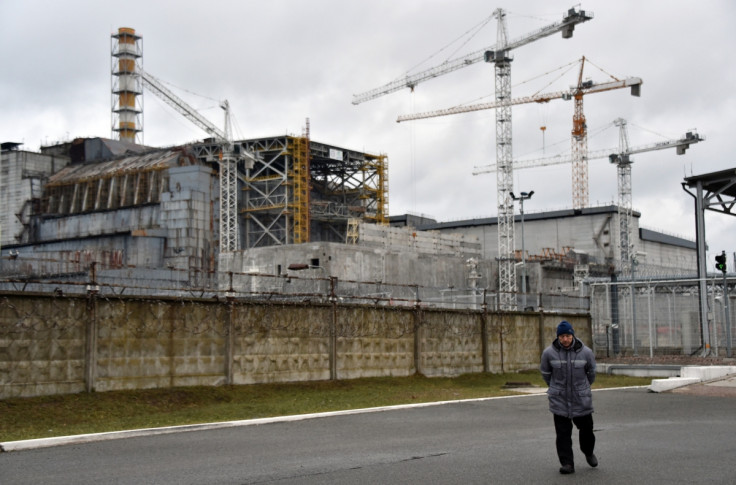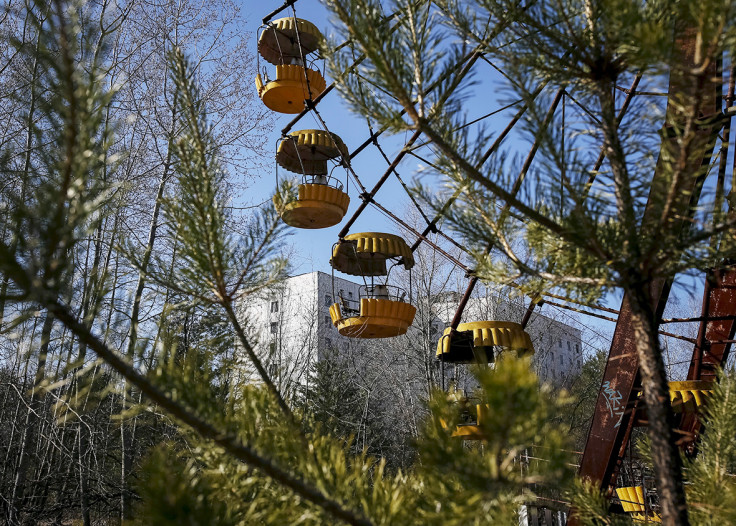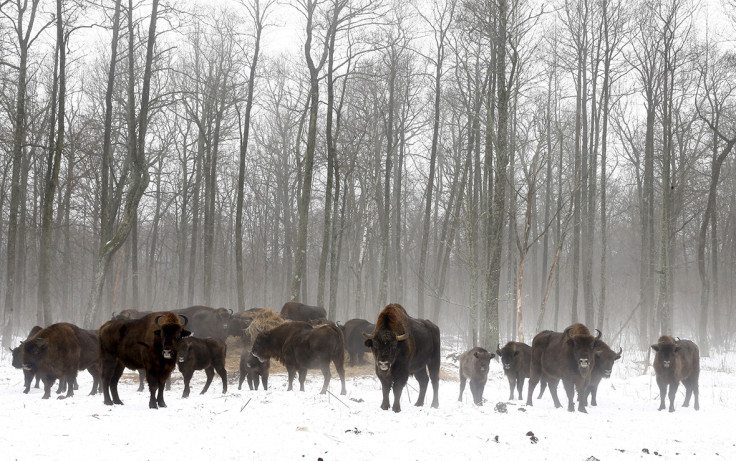Chernobyl disaster: How wildlife in the exclusion zone is really faring after 30 years of radiation exposure
Thirty years after the Chernobyl nuclear disaster, the impact of radiation on wildlife is still not completely understood. But, from extensive research, one thing is clear – there have been negative effects on almost all wild populations.
On 26 April, 1986, an error during a test led to a power surge that caused the nuclear reactor's fuel elements to break, which led to a massive explosion. The fuel rods melted and the plant burned for nine days. During this time, 400 times more radioactive material was released than when the atomic bomb was dropped on Hiroshima, according to the International Atomic Energy Agency.
In the immediate aftermath of the disaster, civil and military personnel known as liquidators were sent in to try to limit the damage from the disaster. They put out fires, cleared debris, built waste repositories and constructed the sarcophagus around the failed reactor. The exclusion zone was erected and, for the next five years, only government workers went in.
Then part of the Soviet Union, much of what was going on at Chernobyl was top secret. Until its fall in 1991, little to no research was carried out – especially into the fate and health of the surrounding wildlife.
Timothy Mousseau, Professor of Biological Sciences at the University of South Carolina, has been working at Chernobyl for the last 15 years. His work involves examining what impact the disaster has had on wildlife in the exclusion zone and surrounding areas.

He told IBTimes UK that one of the problems with assessing the wildlife is a chasm in research: "There wasn't really anybody in there doing any work before the collapse of the Soviet Union in 1991. The government workers were in the area just after the disaster, but I don't think they were doing work on ecology and wildlife.
"First it was top secret area during Soviet Union days, then after the collapse, there were no resources for any comprehensive research of this sort. So we really have a big void in our knowledge."
Mousseau first visited the 30km Chernobyl exclusion zone in 2000. His colleague, Anders P. Møller, began working around the zone in 1991. Together, theirs is the longest sustained research area into the wildlife and ecology following the nuclear disaster. As well as working in the Ukraine, they have also been examining the impact of radiation on wildlife in Fukushima, following the recent Nuclear disaster just five years ago.
To date Mousseau has visited Chernobyl around 40 times over the last 15 years. "There have been many changes. The most obvious and dramatic is that many of the areas that were agricultural lands have been encroached upon by the forests. The pine trees are spreading ever more inwards towards these meadows and fields.
"What was once 70% agricultural land has gone down to less than 40% agricultural land because the forest is coming in. that changes the whole landscape of the area. It looks quite different. In terms of animals, it's really hard to say there has been very little in the way of sustainable long term studies."

Population studies have shown wildlife has rebounded following the disaster. This is often taken to mean animals, such as wolves, deer and boar, are thriving in this accidental sanctuary. But this is too reductionist, Mousseau warns.
That wildlife populations have increased in the absence of humans is true. But it is likely they would have grown far more substantially in the absence of radiation. Speaking earlier this year, Mousseau said: "We realise - even more starkly - the impact of human disturbance on natural populations when it seems like even following a nuclear disaster, some of the populations have rebounded and are doing better in the absence of humans. But the problem with some of that kind of coverage is that it ignores the bigger pictures and it obscures the more important question of the impacts on these populations.
"If there had been a fence put round and the radiation had disappeared, we would expect the numbers to go up much much more."
Of the animals studied, it appears the biggest impact of radiation has been on birds and butterflies. "It's hard to say with certainty which ones are hardest hit. But what we've shown - especially from Fukushima research over last five years - is birds and butterflies are clearly the most sensitive groups. But there's lots of variation even within birds and butterflies."

He said these appear to be more sensitive because of their genetic systems. Unlike mammals, the gender of the offspring is determined by the female. This means if there is a mutation on the sex chromosome, it is more likely to be expressed immediately. "Because females make the eggs, any negative consequences for females will be seen in population growth rates."
Of the animals that appear to be faring better, scientists are currently investigating the role of antioxidants and oxidative stress. Some research has shown how certain species are able to use antioxidants as a defence against radiation. There appears to be a trade-off taking place, Mousseau said, and understanding this process will be important – not only for further research at nuclear disaster sites, but for human medicine too. "Oxidative stress is an underlying factor in many diseases in humans so it's an area that is worthy of much greater investigation," he said.
But what of the future of Chernobyl and its wildlife? Mousseau said there is still much work to be done, but at the Ukraine site and at Fukushima too. "We're first and foremost repeating many of the experiments at Fukushima. One hallmark of good science is the ability to repeat and get same result. This is why we were so quick to jump in Fukushima - to test validation of Chernobyl."

What the long-term impact of the radiation is will be difficult to tell. While contamination in the outer regions is decreasing, in the inner zone, isotopes are still abundant. It is thought Chernobyl could remain radioactive for hundreds of thousands of years. "I don't think it will ever be a habitable for humans," he said. "You probably can't grow food crops, but the land could be used for other purposes, such as biofuel production.
"The big goal is to turn area into a bio-preserve. Given that the effect humans have on many larger animals are bigger than the effects of radiation, putting this area into a bio-preserve would seem a reasonable purpose for these areas that can't be used to grow food."
Wildlife populations are dynamic, however, and they do not stay confined to one pace. This is one of the messages Mousseau and his team is looking to get across. "There are no fences. Animals come and go," he said.
"It's precisely because it's a low dose radiation environment that they don't drop dead immediately. Many live long enough to reproduce so mutations are accumulated. Any of these mutations can be spread to the next generation but they can also be carried by individuals to adjacent areas, where these mutations will accumulate in populations not directly affected. And no one really knows the extent to which these two processes are important in terms of the long term fitness of these animals."
© Copyright IBTimes 2024. All rights reserved.







